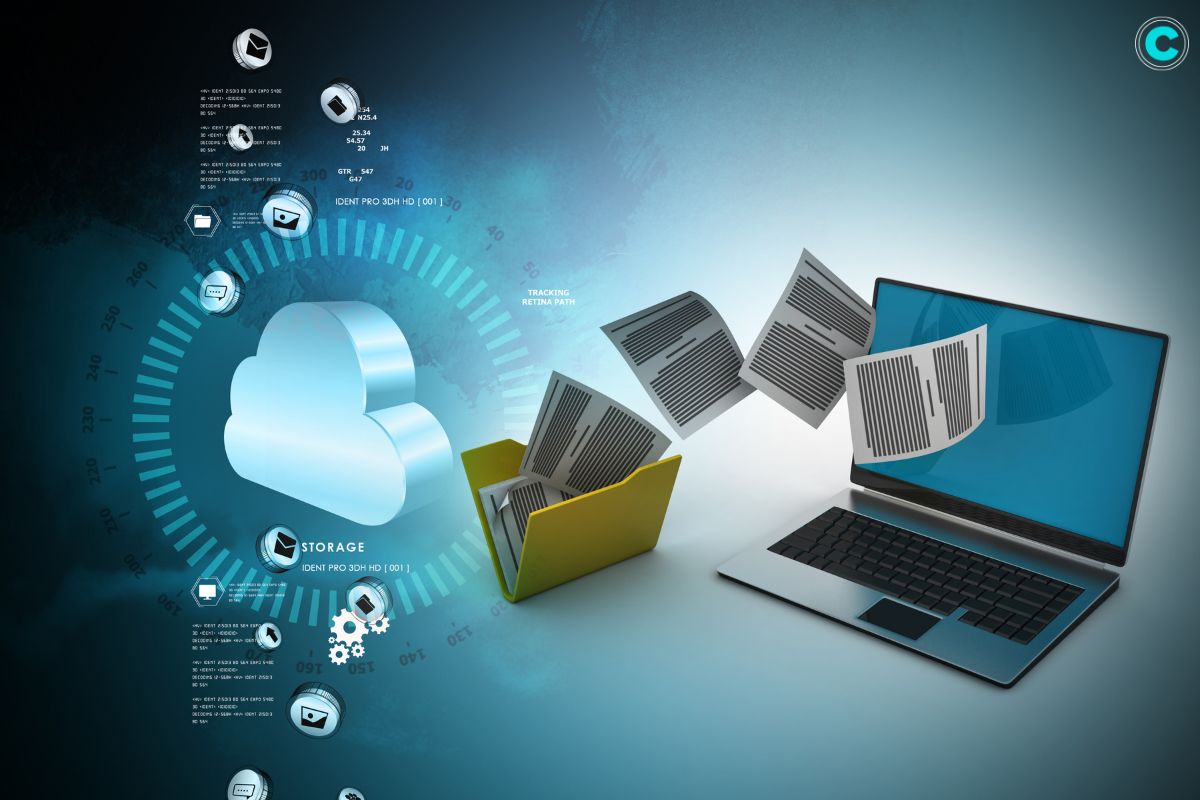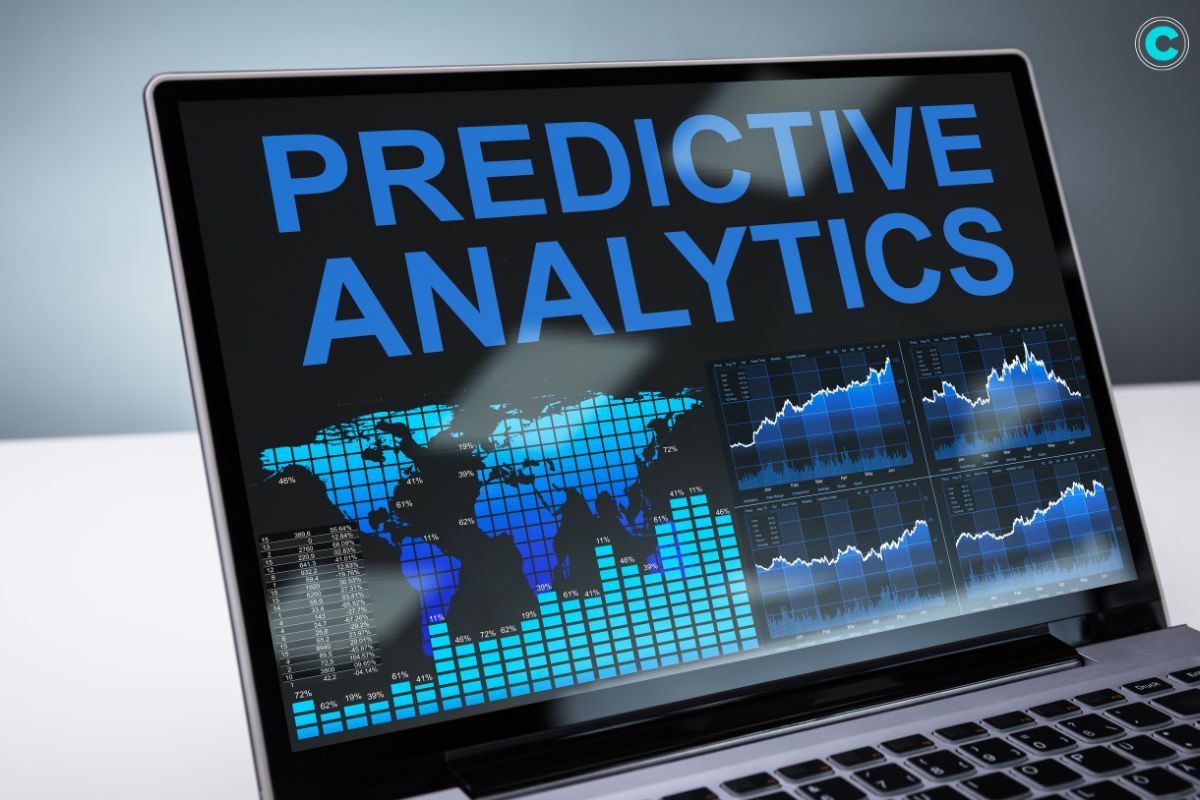Predictive analysis is changing the way businesses operate by helping them anticipate trends, optimize their operations, and make informed decisions. By using historical data and advanced algorithms, it allows organizations to forecast future outcomes and identify potential risks and opportunities. In this article, we’ll explore its concept, applications, the benefits it offers, and what the future holds for this powerful tool.
What is Predictive Analysis?
It involves using statistical techniques, machine learning algorithms, and data mining to analyze historical and current data to make predictions about future events. The goal is to go beyond understanding what has happened to predicting what is likely to happen. This forward-looking approach allows businesses to stay ahead of the curve and make proactive decisions.
How Predictive Analysis Works
It is a process that involves using historical and current data to make predictions about future events or outcomes. It utilizes statistical techniques, data analysis, and machine learning algorithms to identify patterns and relationships within the data and develop predictive models. These models are then used to generate predictions and inform decision-making.
1. Data Collection
The first step is collecting relevant data from various sources, such as databases, sensors, social media, and transactional systems. This data can include structured data (e.g., numerical values, categorical variables) as well as unstructured data (e.g., text, images, videos).
2. Data Cleaning

Once the data is collected, it needs to be cleaned to remove inaccuracies, inconsistencies, and missing values. Data cleaning ensures that the data is of high quality and suitable for analysis. This step may involve tasks like removing duplicates, handling missing data, and standardizing formats.
3. Data Analysis
After cleaning the data, statistical techniques and algorithms are applied to analyze the data and identify patterns and relationships. This analysis can involve various methods, including data mining, machine learning, artificial intelligence (AI), modeling, and statistics. For example, data mining involves analyzing large sets of data to detect patterns, while text analysis focuses on extracting insights from large blocks of text.
4. Model Building
In the model-building stage, predictive models are developed using machine learning algorithms. These models are trained on historical data to recognize patterns and make predictions. Different types of models can be used, such as logistic regression, neural networks, decision trees, and deep learning algorithms. The choice of model depends on the specific problem and the nature of the data.
5. Validation
Once the models are built, they need to be validated to assess their accuracy and reliability. This involves testing the models on new data that was not used during the training phase. By comparing the predicted outcomes with the actual outcomes, the performance of the models can be evaluated. This step helps ensure that the models are robust and can generalize well to new data.
6. Deployment
The final step in it is deploying the models into business processes to generate predictions and inform decision-making. The predictions generated by the models can be used for various applications, such as weather forecasting, customer service, investment portfolio strategies, and sales trend forecasting. The insights provided by it can help organizations make informed decisions and optimize outcomes.
Applications of Predictive Analysis
It is used across various industries, enhancing efficiency and providing strategic advantages. Some key applications include:

- Marketing and Sales: Businesses use it to identify potential customers, optimize marketing campaigns, and forecast sales. By analyzing customer behavior and preferences, companies can tailor their marketing efforts to maximize ROI.
- Finance: In the financial sector, it is used for credit scoring, fraud detection, and risk management. Financial institutions can assess the likelihood of default and take proactive measures to mitigate risks.
- Healthcare: Predictive analysis in healthcare helps in diagnosing diseases, predicting patient outcomes, and optimizing treatment plans. By analyzing patient data, healthcare providers can improve patient care and reduce costs.
- Supply Chain Management: Companies use it to forecast demand, manage inventory, and optimize logistics. This ensures that products are available when and where they are needed, reducing costs and improving customer satisfaction.
- Human Resources: It aids in talent acquisition, employee retention, and performance management. HR departments can identify the best candidates, predict employee turnover, and develop strategies to retain top talent.
Benefits of Predictive Analysis
The advantages of it are numerous, providing significant value to businesses:
- Improved Decision-Making: By providing insights into future trends, it helps businesses make more informed decisions, reducing uncertainty and enhancing strategic planning.
- Cost Savings: Predictive analysis enables companies to optimize operations, reduce waste, and allocate resources more efficiently, leading to significant cost savings.
- Increased Revenue: By identifying new opportunities and optimizing marketing strategies, it can drive sales growth and increase revenue.
- Enhanced Customer Experience: Businesses can use it to understand customer needs and preferences, delivering personalized experiences that improve customer satisfaction and loyalty.
- Risk Mitigation: It helps identify potential risks and develop strategies to mitigate them, protecting businesses from financial losses and reputational damage.
Future Trends in Predictive Analysis
The field of it is continually evolving, with several emerging trends set to shape its future:
- Artificial Intelligence and Machine Learning: Advances in AI and machine learning are making predictive models more accurate and efficient. These technologies can process vast amounts of data and identify complex patterns that were previously undetectable.
- Big Data: The proliferation of data from various sources is enhancing the power of it. With more data to analyze, predictive models can provide more accurate and detailed insights.
- Real-Time Analysis: Real-time analysis is becoming increasingly important, allowing businesses to respond to changes and opportunities as they occur. This requires advanced processing capabilities and robust data infrastructure.
- Integration with Business Processes: It is being integrated more deeply into business processes, making it a core component of decision-making frameworks. This seamless integration enhances its impact and usability.
- Ethical and Transparent AI: As it becomes more prevalent, there is a growing focus on ensuring that AI models are ethical and transparent. This involves addressing biases in data and algorithms and ensuring that predictions are fair and explainable.
Challenges and Considerations
Despite its benefits, it comes with challenges that businesses must address:

- Data Quality: The accuracy of predictive models depends on the quality of the data used. Ensuring data is clean, accurate, and relevant is crucial for reliable predictions.
- Model Complexity: Building and maintaining predictive models can be complex and resource-intensive. It requires skilled data scientists and robust technological infrastructure.
- Privacy Concerns: The use of personal data in it raises privacy concerns. Businesses must ensure that they comply with data protection regulations and protect user privacy.
- Bias in Predictions: Predictive models can inadvertently perpetuate biases present in the data. It is essential to identify and mitigate these biases to ensure fair and accurate predictions.
- Change Management: Implementing it requires changes in business processes and culture. Organizations must invest in training and change management to ensure successful adoption.
FAQs
1. What is predictive analysis?
It uses historical data and statistical algorithms to forecast future events and trends, helping businesses make informed decisions.
2. How does predictive analysis benefit businesses?
It improves decision-making, reduces costs, increases revenue, enhances customer experience, and helps mitigate risks.
3. What industries use predictive analysis?
It is used in various industries, including marketing, finance, healthcare, supply chain management, and human resources.
4. What are the challenges of predictive analysis?
Challenges include ensuring data quality, managing model complexity, addressing privacy concerns, mitigating bias in predictions, and implementing change management.
5. What is the future of predictive analysis?
The future of it involves advances in AI and machine learning, increased use of big data, real-time analysis, deeper integration with business processes, and a focus on ethical and transparent AI.

Machine Learning Vs. Big Data – Unveiling Key Differences and Synergies:
In today’s tech world, there are two big ideas that people are talking about: Machine Learning and Big Data. These concepts have changed the way we look at data, find patterns, and
Conclusion
Predictive analysis is a powerful tool that is transforming how businesses operate. By leveraging historical data and advanced algorithms, organizations can forecast future trends, optimize operations, and make informed decisions. As technology continues to advance, it will become even more integral to business strategy, offering new opportunities and challenges.






